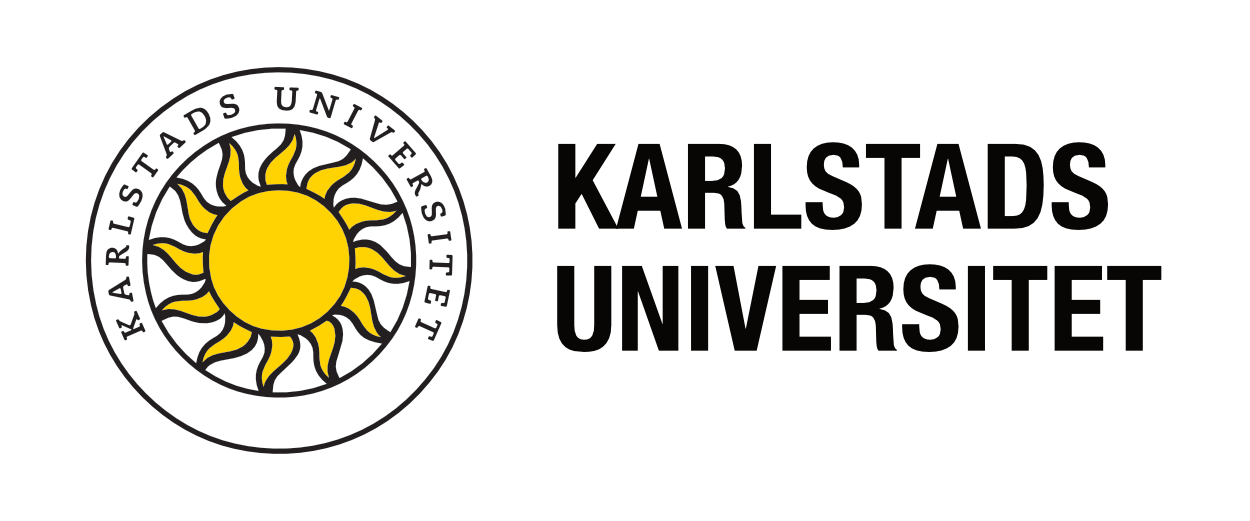Many students are reluctant to adderss direct questions to the teacher, especially in large student groups or when the teacher is avaliable only online and not least when the question must be asked in writing. The teacher, on the other hand, may feel that there are too many questions about the same thing, even though it is a minority of the students who ask. Fixed time-slots for questions is a strategy to solve the problem.
The teacher experiences is that there are many contacts (disturbanses) from individual students who ask about everything imaginable by phone or email at any time. Students, on the other hand, experience that it is difficult to get into direct contact with the teacher to e.g. make sure they understand the instructions or that they are on the right track in working with an assignment, etc.
At the same time, we teachers know that almost no instructions are so clear and precise that they can not be misunderstood or perceived as vague or ambiguous. And for the student, studying is challenging in itself. “What if I misunderstood!” The uncertainty in the situation can take a lot of energy from the actual study work.
When teaching is online, the student loses much of the contact with both the teachers and their student colleagues. The need to have confirmation that they are on the right path becomes even greater. (See the presentation and report from the study done on student experiences during the pandemic in the ReThink project (Link below)).
Solution
Schedule a short session, e. g. half an hour each week, when you are available, for example, in Zoom. Students can log in to the zoom room and ask questions, or just log in to hear what people are asking about. If questions arise that are of general interest, you can publish answers in Canvas, for example as Announcements.
It is more important for the student to know that opportunities to interact directly with the teacher exist, than to really make use of them. Just knowing that you can get in touch if you need it will increase the sense of safety.
References
Sandra Berginge och Fredrik Olsson. (2021). Follow a distance student. Presentation at a conference on teaching and examination, University Pedagogical Unit. (Presentation video in Swedish language).

